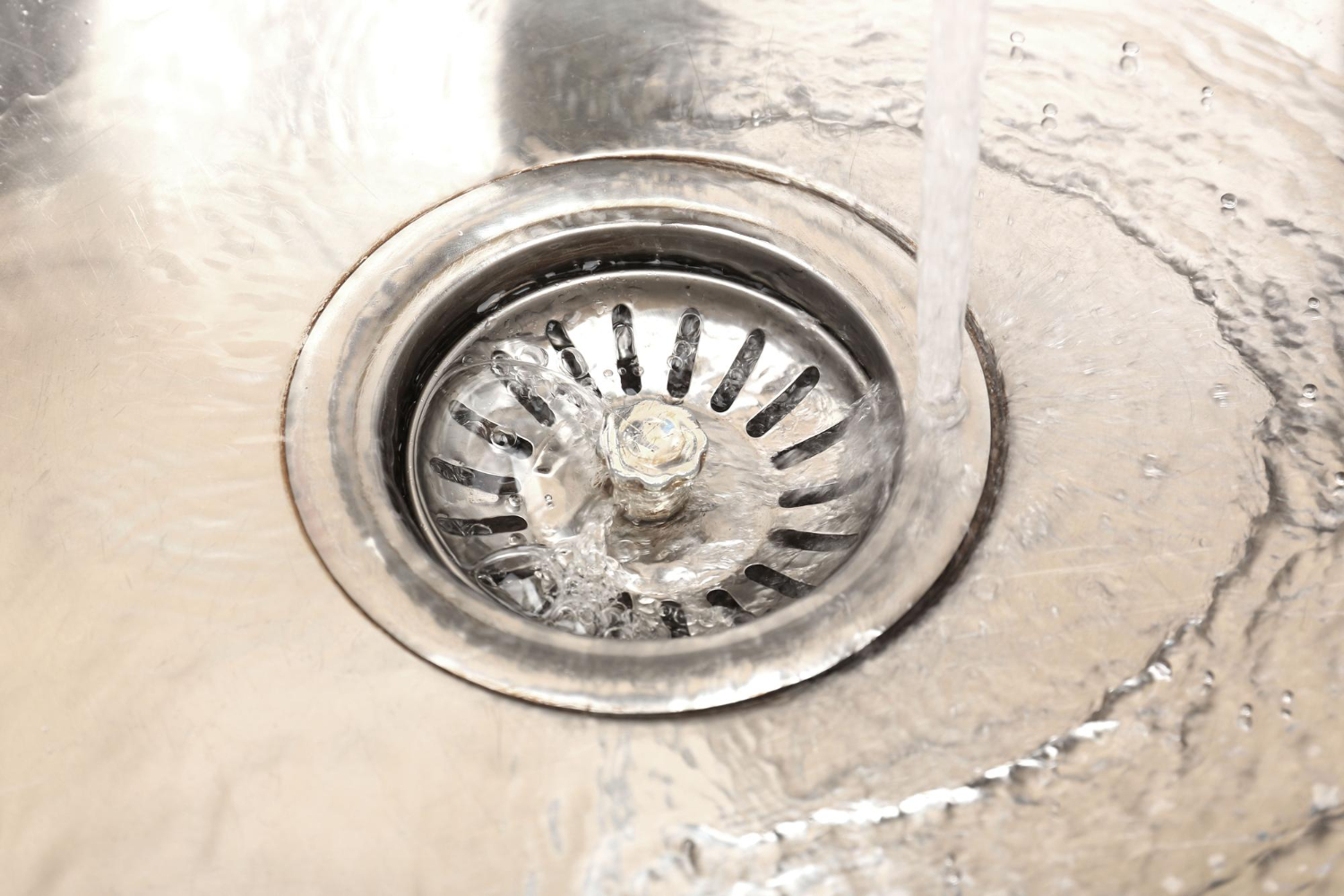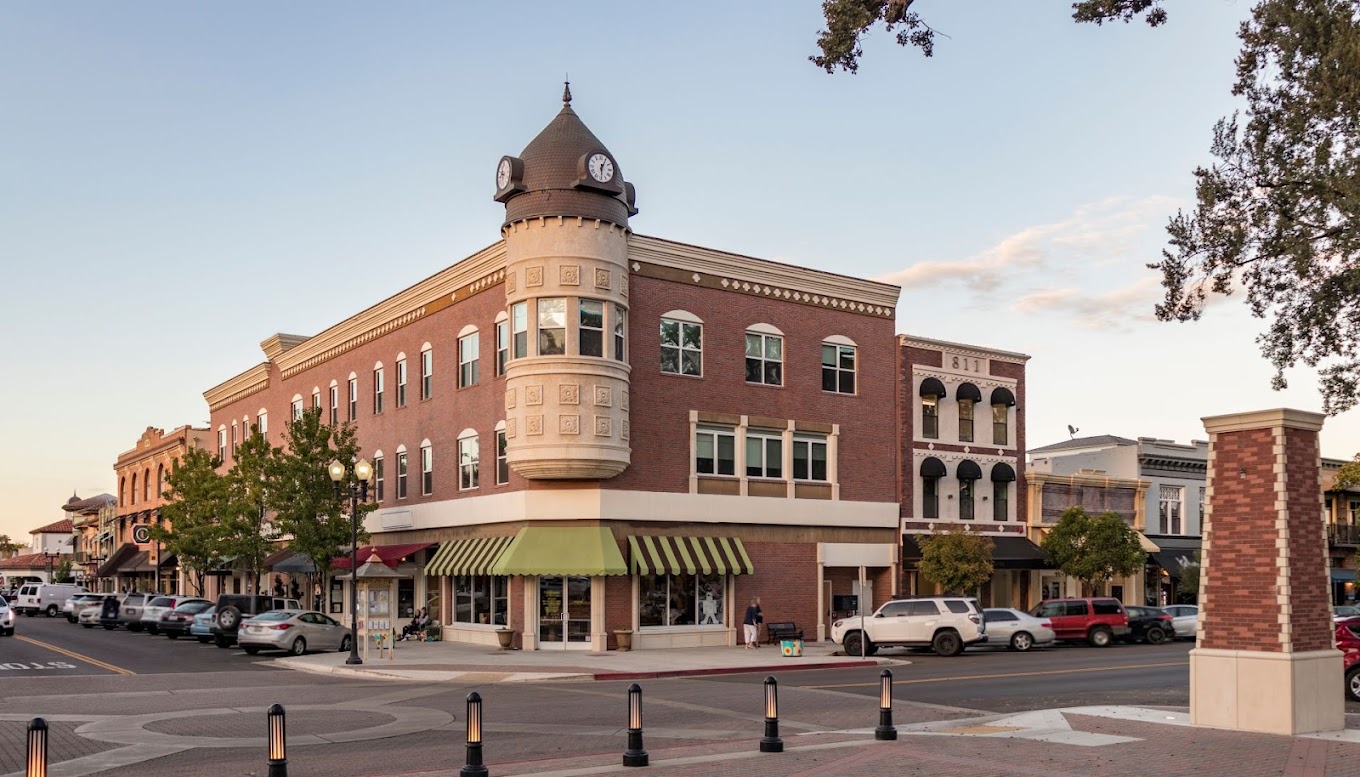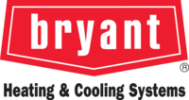Signs that you need a drain inspection include persistent slow drains, strange odors, unusual gurgling noises, water backups, and recurring blockages. These problems often start small but can quickly grow into costly repairs if ignored. Common issues include cracked pipes, tree root invasions, and built-up debris that create blockages.
A proper drain inspection using camera technology can reveal hidden problems in your sewer line before they become emergencies. This preventive approach saves both money and stress in the long run. Inspections are especially important for homes older than 20 years or properties with mature trees nearby.
Signs You Need a Drain Inspection
Knowing when to call in professionals for a drain inspection can save you from costly repairs down the road. Your home’s drainage system often gives warning signs before major problems develop.
Frequent Blockages or Slow Draining
If you notice your sinks, showers, or bathtubs are draining slower than usual, this is a clear indication that something isn’t right. Occasional clogs may be normal, but recurring blockages in multiple drains suggest a deeper issue within your sewer line. Try using a plunger or drain cleaner first, and if the problem persists, arrange a professional inspection.
Tree roots often infiltrate sewer lines through tiny cracks, creating stubborn blockages that worsen over time. These blockages won’t resolve with typical DIY methods. Multiple drains backing up simultaneously is also concerning, as this suggests the problem lies in your main sewer line rather than in individual fixtures.
Warning signs include:
- Water backing up in strange places (shower draining causes toilet water to rise)
- Gurgling sounds from drains
- Multiple fixtures clogging at once
Unpleasant Odors
Foul smells coming from your drains indicate potential sewage problems, often resembling rotten eggs or sewage, and can permeate your entire home. The smell occurs when waste isn’t properly flowing away from your property. Instead, gases from decomposing waste travel back up through your pipes and into your living space.
Persistent drain odors signal a serious issue, like a broken sewer pipe or a significant blockage. These problems allow sewer gases to escape. Even after cleaning the drains, if the smell returns quickly, this suggests the problem is deeper in your system. Professional camera inspections can identify where these issues originate.
Sewage odors can pose health risks to your family, and breathing these fumes long-term may cause respiratory issues or other health problems.
Recurring Leaks
Water stains on walls, ceilings, or floors near pipe locations often indicate hidden leaks. Also, look for signs like warped flooring, peeling paint, or discolored drywall. These subtle indicators often appear before visible water emerges.
Increased water bills without explanation may signal underground leaks in your sewer line. These hidden leaks waste water and money while potentially damaging your foundation. If you’ve repaired leaks only to have them return in the same area, there’s likely an underlying issue with your drainage system. Temporary fixes won’t solve systematic problems.
Places to check for leaks:
- Under sinks
- Around toilet bases
- Behind washing machines
- Near water heaters
- Along baseboards
Unexplained Lush Patches in Yard
Unusually green or lush areas in your yard, especially during dry weather, often indicate a leaking sewer line. Sewage acts as a fertilizer, creating isolated spots of vibrant growth. These green patches usually align directly above where sewer lines run, and this pattern isn’t coincidental; it’s a reliable indicator of underground leakage.
Sometimes, these areas feel spongy or wet underfoot, even without recent rainfall. This excess moisture comes from leaking wastewater beneath the surface. Sinkholes or depressions forming in your yard present an even more serious warning. These develop when leaking water erodes the soil supporting your yard’s surface.
If you notice these signs, prompt inspection is crucial, as damaged sewer lines can contaminate groundwater and create serious health hazards for your family and neighbors.
Mold and Moisture Issues
Unexplained mold growth, especially in basements or around drains, often connects to drainage problems. Persistent dampness in walls, floors, or ceilings suggests water is escaping from your plumbing system. This moisture creates perfect conditions for mold and mildew to flourish.
A musty smell throughout your home typically accompanies hidden moisture problems. This distinctive odor develops before visible mold appears. If you are repeatedly cleaning mold only to have it return, then you probably need professional remediation. This cycle continues because the underlying moisture source remains unaddressed.
Health issues related to mold exposure include:
- Respiratory problems
- Allergic reactions
- Headaches
- Eye irritation
- Skin rashes
The Drain Inspection Process
Drain inspections involve several key techniques that help identify problems before they become major issues. Professional plumbers use specialized tools and follow standard procedures to assess your drainage system.
Visual Assessments
The inspection process typically begins with a visual assessment of your plumbing fixtures and visible drain areas. This initial examination helps plumbers identify potential trouble spots. They may also ask about your drainage history, including the frequency of clogs and any previous repairs.
Inspectors check for obvious signs of problems such as:
- Water stains or damage around drains
- Unusual odors coming from drains
- Visible cracks in exposed pipes
- Signs of water backup or slow drainage
Visual assessments are limited to what can be seen without specialized equipment, but they provide valuable clues about the overall health of your drainage system.
Camera Inspection Techniques
The core of modern drain inspections is the camera inspection, which allows experts to see deep inside your pipes without disruptive digging or demolition. These inspections are non-invasive and typically take 1-2 hours for a complete residential system.
The process works like this:
- A small, waterproof camera attached to a flexible rod is inserted into your drain
- The camera transmits real-time video to a monitor
- The inspector guides the camera through the pipe system
- Location transmitters track the camera’s position precisely
Camera inspections reveal problems invisible to the naked eye, such as:
- Hairline cracks and developing leaks
- Tree root infiltration
- Pipe collapse or misalignment
- Blockages and buildup
Understanding Inspection Reports
After completing the inspection, you’ll receive a detailed report documenting the condition of your drains. This report typically includes:
- Written assessment: A comprehensive explanation of findings with recommendations for any necessary repairs.
- Video footage: Digital recordings of the camera inspection that show exactly what was discovered.
- Diagrams: Maps of your drainage system marking the location of any issues.
- Cost estimates: If problems are found, the report should include approximate repair costs.
Review this report carefully with your inspector, asking questions about unclear terms or recommendations. Good inspectors will explain findings in plain language and prioritize issues based on urgency.
Preventative Measures and Maintenance
Taking proactive steps to maintain your drains can prevent many common plumbing issues and reduce the need for emergency inspections.
Regular Cleaning and Maintenance
Establish a consistent drain maintenance schedule for your home, ensuring you flush drains monthly with hot water to help dissolve grease and prevent buildup. A simple mixture of baking soda followed by vinegar can also effectively clean drains. Pour half a cup of baking soda down the drain, follow with half a cup of vinegar, let it fizz for 30 minutes, and then rinse with hot water.
Inspect visible pipes quarterly for signs of corrosion, leaks, or damage, looking for moisture spots, water stains, or mold growth around fixtures and pipes. For homes with septic tanks, professional inspections every 3-5 years are essential to check for proper waste breakdown and prevent system failure. New construction homes should also have their drains inspected within the first year to catch any installation issues.
Avoiding Chemical Drain Cleaners
Chemical drain cleaners can cause more harm than good to your plumbing system, as these harsh chemicals corrode pipes over time, especially in older homes with metal plumbing. Instead, use mechanical methods like plungers or drain snakes for removing blockages. These tools physically remove obstructions without damaging your pipes.
For stubborn clogs, enzymatic drain cleaners offer a safer alternative. These cleaners use bacteria to break down organic matter in pipes without harmful chemicals. If you’ve previously used chemical cleaners regularly, consider scheduling a professional inspection to check for pipe damage. Damaged pipes from chemicals can lead to leaks and water damage.
Proper Waste Disposal
Many drain blockages result from improper waste disposal. In kitchens, never pour grease, oil, or fat down drains; instead, collect and dispose of these in the trash. Use drain strainers in all sinks and showers to catch hair, food particles, and other debris, and empty these regularly to prevent buildup. For homes with garbage disposals, always run cold water when using them and avoid putting fibrous foods like celery, potato peels, or coffee grounds down the disposal.
In bathrooms, only flush toilet paper. Items marketed as flushable wipes often don’t break down properly in wastewater systems and can cause serious blockages. If you have a septic tank, be extra cautious about what enters your drains. Harsh chemicals and non-biodegradable items can disrupt the bacterial balance needed for proper waste breakdown.
Get in touch to arrange a professional drain inspection.










